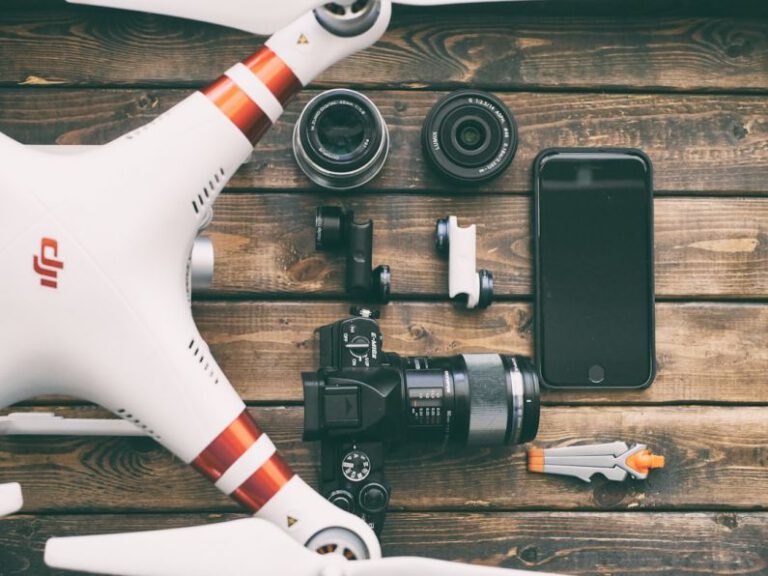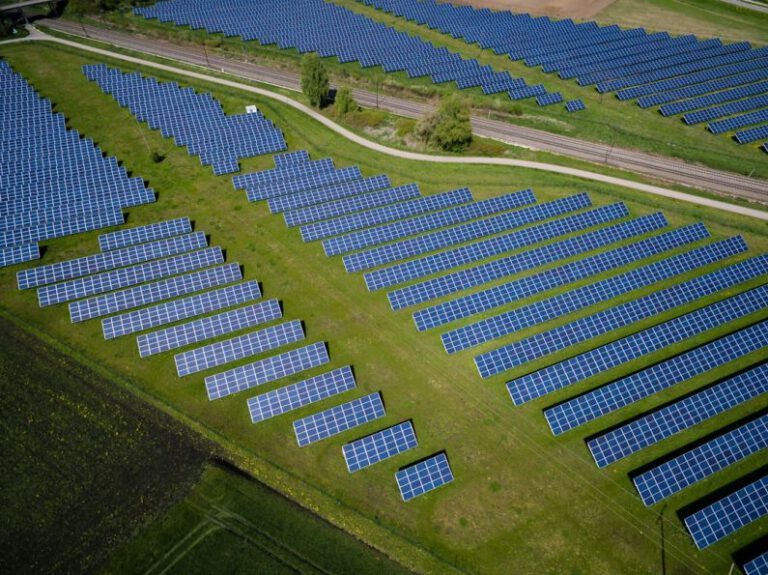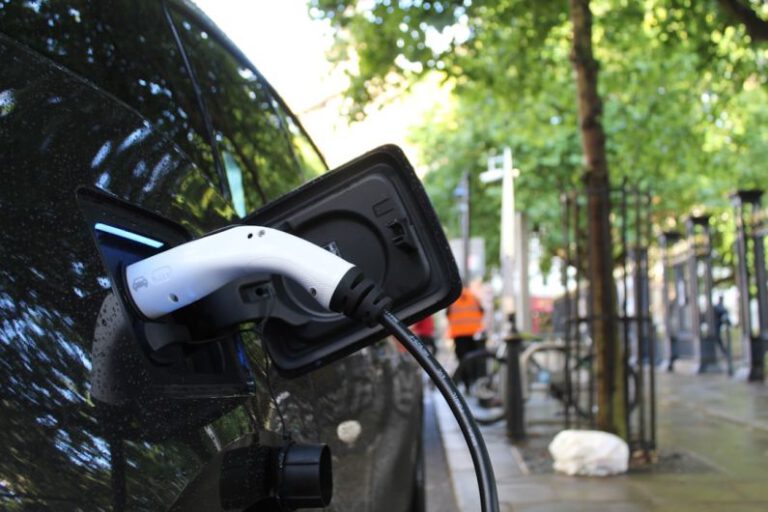Ocean Cleanup Technologies: Saving Our Seas
The world’s oceans cover over 70% of the Earth’s surface and are vital for sustaining life on our planet. However, with the increase in pollution and plastic waste, our oceans are facing a crisis that requires urgent attention. Ocean cleanup technologies have emerged as a key solution to combat this issue and protect our seas for future generations.
The Impact of Ocean Pollution
The growing problem of ocean pollution poses a significant threat to marine life and ecosystems. Plastic waste, in particular, has become a major concern, with millions of tons of plastic entering the oceans every year. This waste not only harms marine animals through ingestion and entanglement but also contaminates the water and affects the overall health of the ocean.
Ocean Cleanup Technologies
In response to the escalating issue of ocean pollution, various innovative technologies have been developed to clean up and restore the health of our seas. These technologies employ a range of methods to remove debris and waste from the ocean, including both surface and deep-sea cleanup solutions.
Surface Cleanup Technologies
Surface cleanup technologies focus on removing floating debris and plastics from the top layer of the ocean. One such technology is the use of floating barriers and booms that can trap and collect plastic waste as it drifts on the surface. These barriers are designed to be strategically placed in ocean currents to capture and concentrate floating debris for removal.
Another effective surface cleanup technology is the use of drones equipped with cameras and sensors to identify and track plastic pollution in the ocean. These drones can pinpoint areas of high concentration of plastic waste, allowing cleanup efforts to be targeted and more efficient.
Deep-Sea Cleanup Technologies
Deep-sea cleanup technologies are designed to remove waste that has sunk to the ocean floor, where it can have long-lasting and devastating effects on marine life. One innovative approach is the use of autonomous underwater vehicles (AUVs) equipped with robotic arms to collect and remove debris from the seabed.
In addition to AUVs, there are also emerging technologies that utilize artificial intelligence and machine learning to detect and map underwater debris. These advanced systems can identify and categorize different types of waste on the seabed, making cleanup operations more precise and effective.
Collaborative Efforts
The fight against ocean pollution requires a collaborative effort from governments, organizations, and individuals around the world. Many countries have initiated cleanup projects and campaigns to address the issue of marine pollution, working together to implement innovative technologies and sustainable practices to protect our oceans.
Furthermore, partnerships between public and private sectors have been instrumental in driving the development and deployment of ocean cleanup technologies. By combining resources and expertise, these collaborations have accelerated the progress in finding solutions to the growing problem of ocean pollution.
A Sustainable Future for Our Seas
As we continue to witness the devastating impact of plastic pollution and other forms of waste on our oceans, the need for effective cleanup technologies has never been more critical. By investing in innovation and collaboration, we can work towards a sustainable future for our seas, where marine life thrives, and ecosystems are preserved for generations to come.
In conclusion, the development and implementation of ocean cleanup technologies are essential in saving our seas from the growing threat of pollution. Through the use of innovative solutions and collaborative efforts, we can work towards restoring the health of our oceans and ensuring a cleaner, healthier environment for all.






